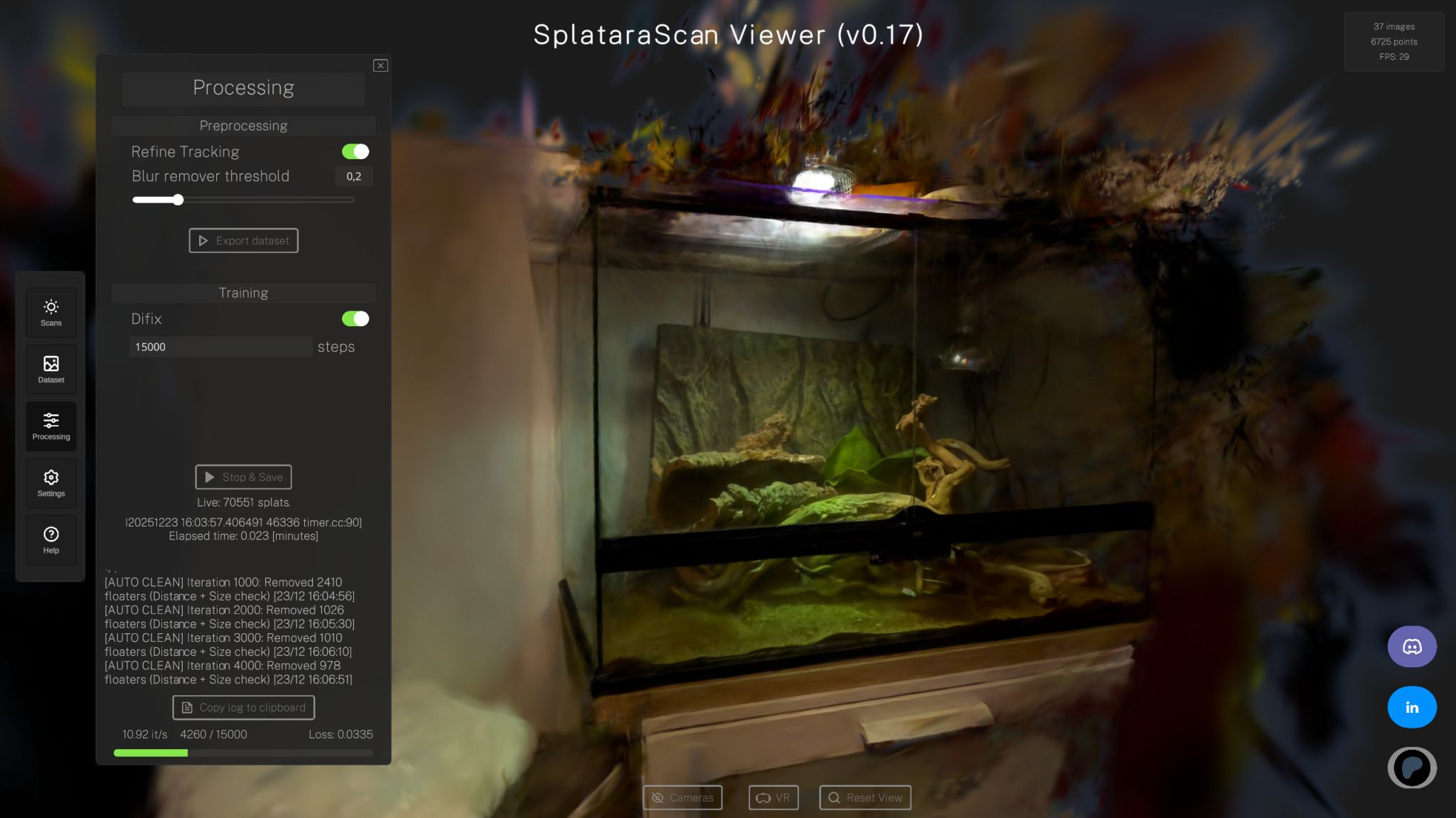
Michael Rubloff
Oct 20, 2025
SuperSplat, the popular gaussian splatting editor and publishing platform, just released version 2.12, and it’s an exciting update, particularly for users of XGRIDS devices.
This is because the newest version features full support for XGRIDS’ native .lcc format, which dramatically improves interoperability between the two platforms. XGRIDS captures, known for their large capture sizes, can now be imported into SuperSplat for editing and distribution. The platform reads all relevant components, including .lcc, index.bin, data.bin, and shcoef.bin (if available) and uses a level of detail system capped at around 20 million splats by default.
This integration marks a major step toward streamlining how creators move between capture and publishing tools, especially as both ecosystems continue to grow around Gaussian splatting.
Beyond the XGRIDS integration, SuperSplat v2.12 includes several improvements aimed at stability, precision, and usability. The platform’s video recording pipeline has been optimized for faster exports, and a new flood select tool has been introduced to make editing and cleanup more intuitive.
Rendering has also received a notable upgrade. SuperSplat now supports floating point render targets (RGBAF16) instead of the previous RGBA8 format, addressing color degradation issues that could appear in certain lighting conditions. While the new mode is slightly heavier on memory and performance, it offers a clear boost in visual accuracy, especially for scenes with subtle tonal shifts or HDR sources. The feature is enabled by default but can be toggled in settings.
Other fixes and refinements include improved behavior on touch devices, more consistent pose movement, and better mouse input handling, all contributing to a smoother authoring experience.
SuperSplat remains free to use and can be accessed directly from their website.







